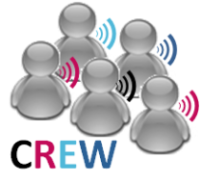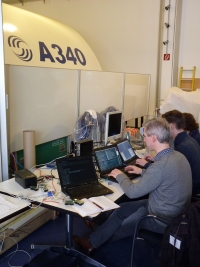|
The CREW project received 18 proposals for the first open call for experimenters. Although most proposals came from universities and research institutes, there was also an interest from industry and from a governmental department. The total requested funding was EUR 2156352, resulting in a budget oversubscription factor of 5.39. Although we received a high number of high quality proposals, due to the limited budget only three proposals for experiments could be accepted. A summary of their planned experiments is found below. For more statistics, please visit the CREW open call 1 results page.
Tecnalia Research & Innovation. Goal of the experiment: to assess the benefits of optimized linear collaborative multiband spectrum sensing in cognitive radio networks with respect to hard-decision based fusion schemes and to its non-optimized counterpart.
University of Durham. Goal of the experiment: to characterize the performance of sensing engines in the CREW federation in controlled environments and to compare low end COTS, high end COTS and custom designed units. The experiment will also study the effects of multipath and shadowing in two sites representative of static and dynamic environments.
Ilmenau University of Technology. Goal of the experiment: to evaluate contention-based communication protocols such as the CSMA MAC protocol using two cognitive components from the CREW project: the imec sensing engine and the Iris reconfigurable SDR framework.
|



